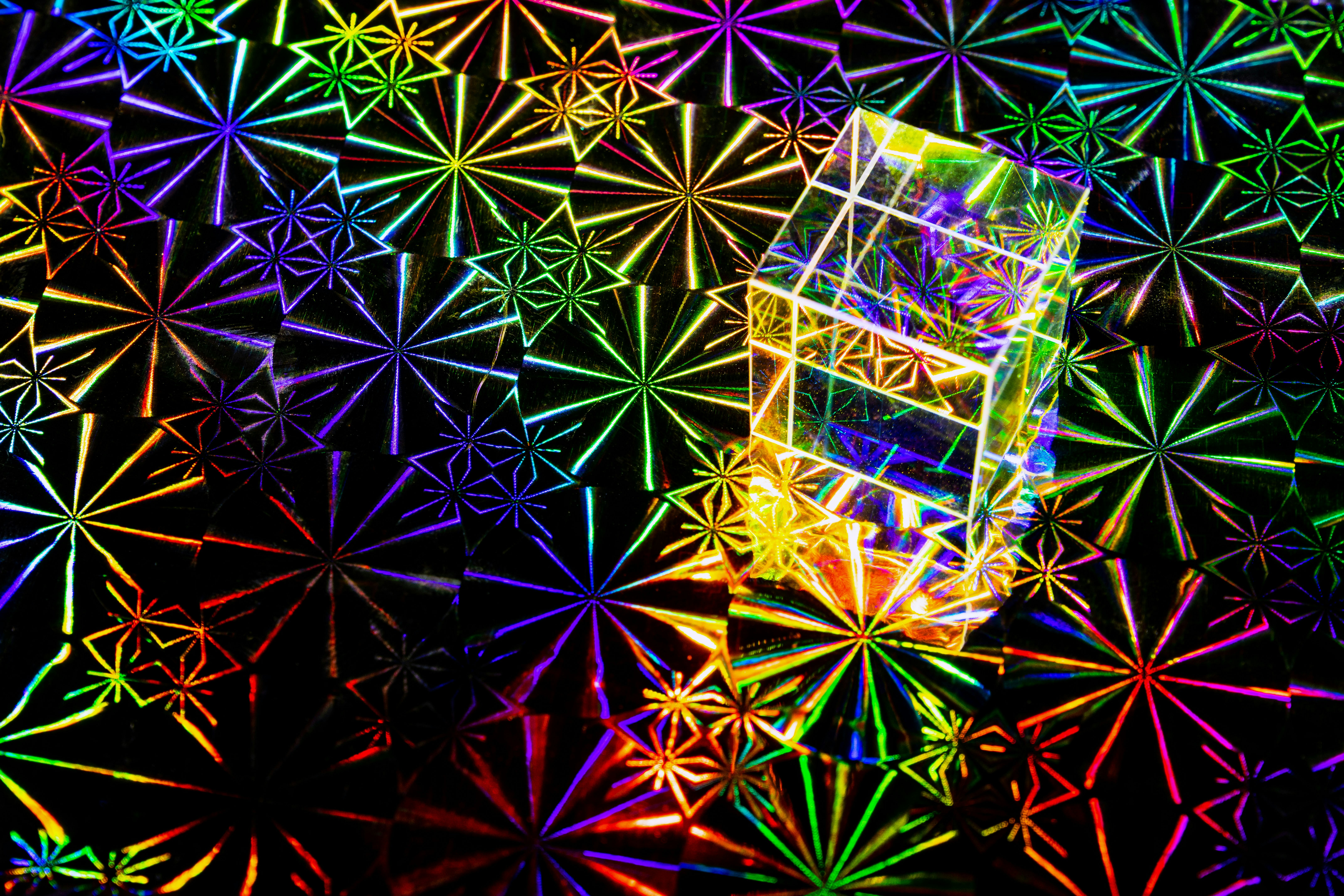Reimagining Touch: Advancements in Haptic Feedback Technology
Introduction: Step into the future, where touch isn't just a sense, but an immersive, interactive experience. Welcome to the world of haptic feedback technology, an area of tech that's rapidly evolving and poised to change the way we interact with our devices - and each other.

A Brief Touch on History
Haptic technology, although seemingly futuristic, has its roots in the past. As far back as the 1950s, engineers and scientists were exploring how touch could be incorporated into various technologies. The first haptic device, a joystick designed in 1968, showed the potential of integrating touch into user interfaces. However, it was the advent of smartphones and touchscreens in the early 2000s that truly brought haptic technology to the fore. Vibrating alerts and touchscreen feedback opened the doors to a new era of interactive technology.
Current Strides in Haptic Technology
Fast forward to today, and haptic technology is making significant strides. From the rumble of a gaming controller to the slight buzz of a smartphone, haptic feedback is already a part of our everyday lives. But it’s the potential of this tech that’s really exciting. Imagine feeling the texture of online clothes before purchasing, or the warmth of a virtual hug from a loved one miles away. These are the possible future applications of haptic technology.
Haptic Suits: A New Frontier
One of the most exciting developments in haptic tech is the emergence of haptic suits. These suits, designed to be worn by the user, use a combination of vibrations, heat, and pressure to simulate physical sensations. While still in their infancy, haptic suits hold a lot of promise, particularly in the realm of virtual reality (VR). They could potentially revolutionize gaming, training simulations, and even remote social interactions.
Price and Impact on the Market
While high-end haptic devices like suits are still costly – often in the thousands of dollars – more accessible haptic tech like vibrating game controllers and smartphones are already widely adopted. As the technology advances and becomes more mainstream, prices are expected to drop, making haptic devices more accessible to average consumers. The potential market impact of haptic technology is significant, with experts predicting that the haptic industry could be worth up to $19.55 billion by 2022.
A Future at Our Fingertips
The world of haptic technology is exciting and full of potential. Advancements are happening rapidly, and soon, we might not just see and hear our tech – we’ll feel it too. As we move into this new era of interactive technology, it’s clear that the future of tech is not just about what we can see on our screens, but also about what we can touch, feel, and experience.






